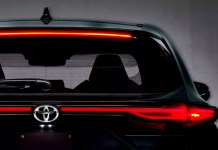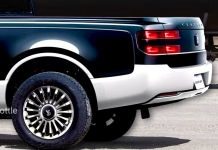Renault’s Leadership Shake-Up: Luca de Meo Steps Down After Transformative Tenure
 French firm starts hunt for new CEO after shock departure of de Meo after five years
French firm starts hunt for new CEO after shock departure of de Meo after five years
Luca de Meo has stepped down from his role as CEO of the Renault Group after five years in the role – with reports suggesting he will take over running the firm that owns luxury brands Gucci and Yves Saint Laurent.
The Italian joined the French company from Seat-Cupra five years ago and quickly launched the bold 'Renaulution' business plan, involving the revival of the Renault 5 as an EV, an influx of new SUVs and the transformation of Alpine into an electric performance brand. The 58-year-old's plan helped revive the firm's fortunes.
The Renault Group said that de Meo had decided to "pursue new challenges outside the automotive sector", adding that the board has agreed he would depart on 15 July. He will continue in his role until then. A hunt for a new group CEO "based on the already defined succession plan" has been launched.
French newspaper Le Figaro and the Financial Times have both reported that de Meo will be named the new CEO of Kering, a French holding company that specialises in luxury goods brands.
In a statement released by Renault, de Meo said: "There comes a time in one’s life when one knows the job is done." He added that "the results speak for themselves: they are the best in our history.
"We have a strong team and an agile organisation. We also have a strategic plan ready for the next generation of products. That is why I have decided it is time for me to hand over the baton."
De Meo, who won the top Issigonis Trophy at the 2024 Autocar Awards, added that he felt he was leaving "a transformed company" that was "poised for the future".
Renault Group chairman Jean-Dominique Senard described de Meo as "an exceptional captain of industry", adding that "the entire company joins me in thanking him for all these years and all the collective challenges successfully met".
De Meo: How to save the European car industry
De Meo's departure is a major surprise, given that when he had been linked to the role of Stellantis CEO – which was recently filled by Antonio Filosa – he had denied any desire to leave Renault, saying late last year that he still "had a job to do".
As well as being CEO of Renault, de Meo has recently served as president of the ACEA, the European Automobile Manufacturers Association, in which role he has advocated for a class of small European city cars to take on cheaper Chinese rivals.
Dreaming of the E46 M3 Wagon: A Stunning Conversion Comes to Life
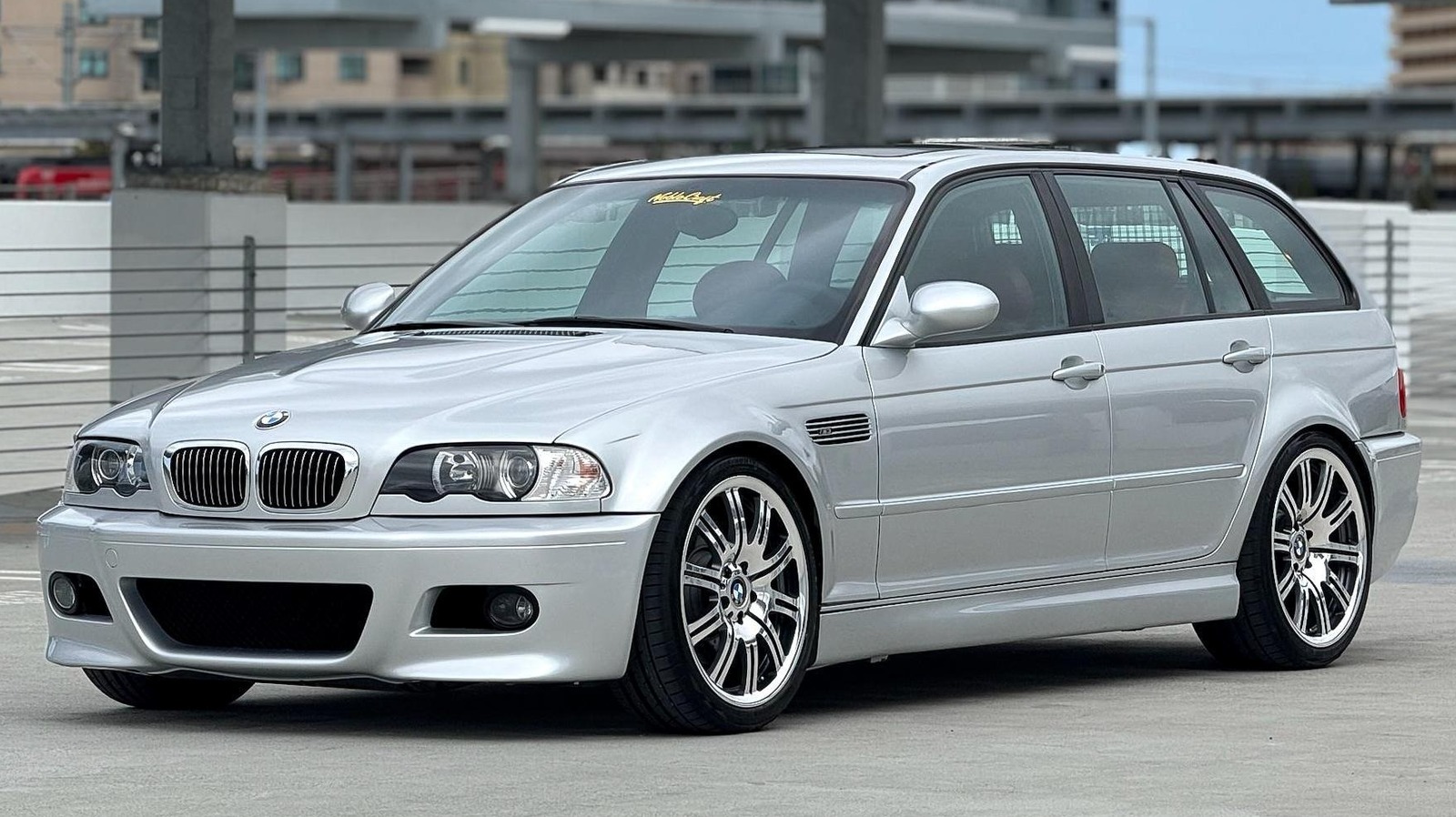
Toyota’s Next-Gen Harrier: A Sleek Coupe-SUV Set to Revive the Venza
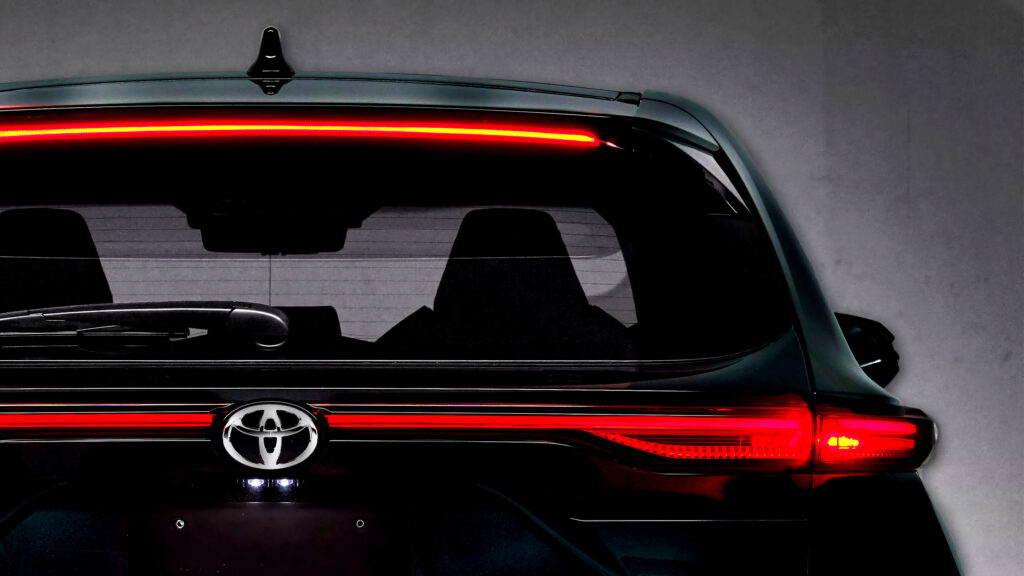
Tesla’s Next-Gen Powerhouses: Model S Plaid and Model Y Performance Revamped for EV Supremacy
 Imminent Nürburgring-honed flagships will up the ante to rival Europe's fastest EVs
Imminent Nürburgring-honed flagships will up the ante to rival Europe's fastest EVs
Tesla is priming reinvigorated versions of its hottest models to contend with fearsome new EV contenders from the brand’s European rivals.
Updated versions of Tesla’s Model S Plaid and Model Y Performance have been spotted testing at the Nürburgring, suggesting imminent launches.
The Plaid – currently one of the world’s most powerful saloons, with 1020bhp – was seen wearing light camouflage, concealing an aero-optimising refresh of its front and rear ends. The air ducts in its lower front fascia appear more angular and aggressive than before, while the rear diffuser has gained a ledge and a more protrusive centre section that is most likely intended to reduce lift at speed. The reworked front end also conceals an additional camera for the advanced driver assistance systems.
Tesla has yet to confirm whether the Plaid will get any more substantial improvements under the skin, but the brand’s more recent launches point to potential upgrades that it could receive. The Cybertruck, for example, features 800V electricals rather than the 400V systems used in the Models 3, S, Y and X, allowing claimed peak charging speeds in excess of 400kW.
That it’s testing at the Nürburgring could point to Tesla looking to reclaim its production EV lap record at the Nordschleife. The Plaid was dethroned by the Porsche Taycan Turbo GT last year. But the Taycan’s significant 18sec advantage over the Plaid (7min 7sec versus 7min 25sec) suggests the American car would need extensive modifications to close the gap, such as extra power or a new chassis package.
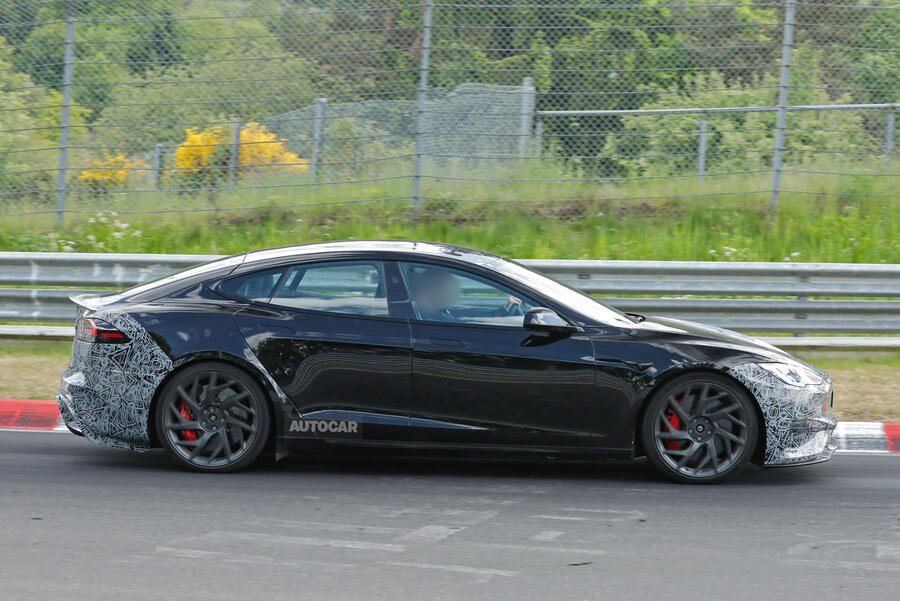
The Plaid faces an increasingly tough market: Mercedes-AMG is on the verge of launching its own 1000bhp-plus super-saloon, while American EV maker Lucid’s Air Sapphire is the world’s most potent four-door, with 1234bhp.
The new Model Y Performance will also face a much more crowded field of rivals than the first car had to contend with. Newcomers include the Porsche Macan Turbo Electric, Alpine A390, Hyundai Ioniq 5 N and Smart #5 Brabus, each offering different takes on the sporting EV crossover at a range of price points.
The Tesla is expected to employ the same dual-motor, four-wheel-drive powertrain as its Model 3 Performance counterpart, producing a combined 510bhp and allowing for a 0-62mph sprint time comfortably below 4.0sec. Tesla officially quotes 2.9sec to 60mph, although this includes a short rollout to low speed that muddies the waters somewhat.
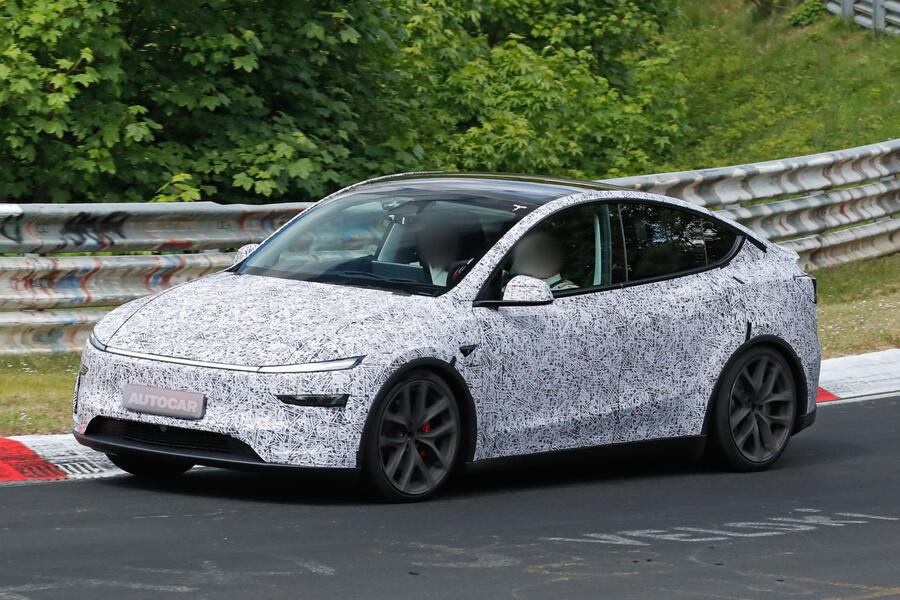
Range is likely to be less than the Model 3 Performance’s 328 miles, although the presence of a long ducktail spoiler hints at further aerodynamic tweaks to minimise drag and potentially boost range.
Inside, it is expected to get the 3 Performance’s thickly bolstered sports seats, along with carbonfibre trim detailing.
Given the smaller Model 3 Performance is priced from £59,990, the equivalent Y is most likely to breach the £60,000 barrier.
Hidden Costs: How Automakers Are Quietly Raising Prices While Claiming Stability
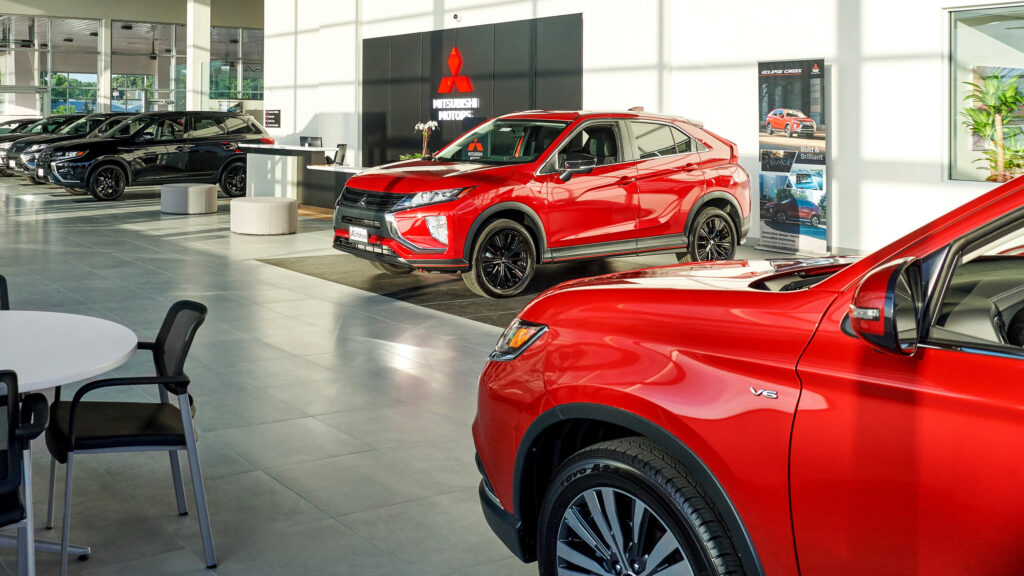
Dramatic Highway Chase Ends in Rollover: The Perils of Fleeing DUI Charges

Imagining Luxury: The Toyota Century Transformed into a Pickup Truck

San Francisco’s Speed Cameras: 31,000 Warnings in a Month and Fines on the Horizon
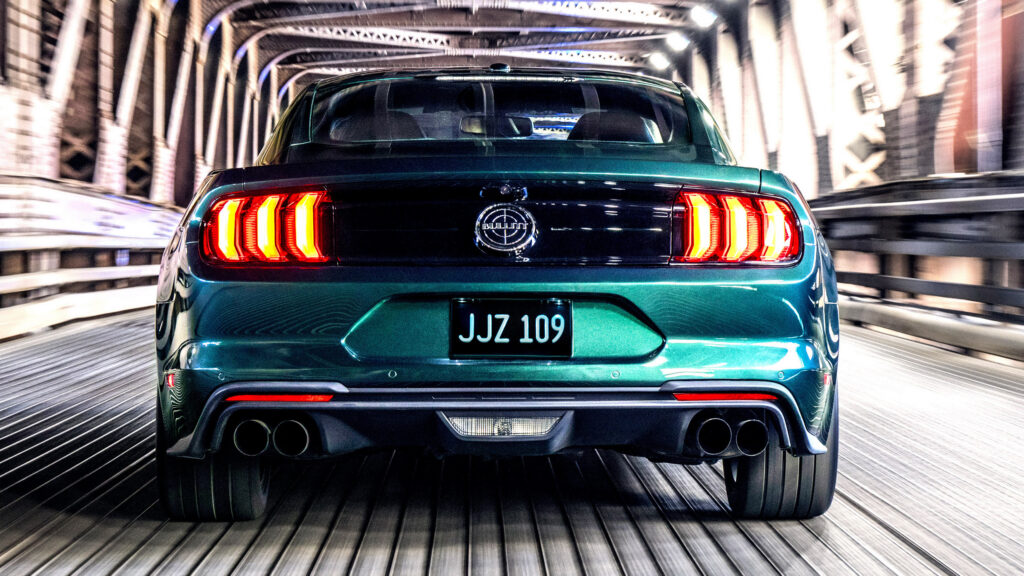
Airstream’s Frank Lloyd Wright Tribute: A Limited Edition Trailer Inspired by Timeless Design

Renault’s Leadership Shakeup: Luca de Meo Steps Down After Transformative Tenure
 French firm starts hunt for new CEO after shock departure of de Meo after five years
French firm starts hunt for new CEO after shock departure of de Meo after five years
Luca de Meo has stepped down from his role as the CEO of Renault Group after five years in the role.
The Italian joined the French company from Seat-Cupra five years ago, quickly launching the bold Renaulution business plan, involving the revival of the Renault 5 as an EV, an influx of new SUVs and the transformation of Alpine into an electric performance brand. The 58-year-old's plan helped revive the firm's fortunes.
The Renault Group said that de Meo had decided to "pursue new challenges outside the automotive sector", adding that the board has agreed he would depart on July 15. He will continue in his role until then. A hunt for a new group CEO "based on the already defined succession plan" has already been launched.
In a statement released by Renault, de Meo said: "There comes a time in one’s life when one knows the job is done." He added that "the result speak for themselves: they are the best in our history.
"We have a strong team and an agile organisation. We also have a strategic plan ready for the next generation of products. That is why I have decided it is time for me to hand over the baton."
De Meo, who won the top Issigonis Trophy at the 2024 Autocar Awards, added that he felt he was leaving "a transformed company" that was "poised for the future".
Renault Group chairman Jean-Dominique Senard described de Meo as "an exceptional captain of industry", adding that "the entire company joins me in thanking him for all these years and all the collective challenges successfully met".
De Meo: how to save the European car industry
De Meo's departure is a major surprise, given that when he had been linked to the role of Stellantis CEO – which was recently filled by Antonio Filosa – he had denied any desire to leave Renault, saying late last year that he still "had a job to do".
As well as being CEO of Renault, de Meo has recently served as president of the ACEA, the European automobile manufacturer's association, in which role he has advocated for a class of small European city cars to take on cheaper Chinese rivals.



